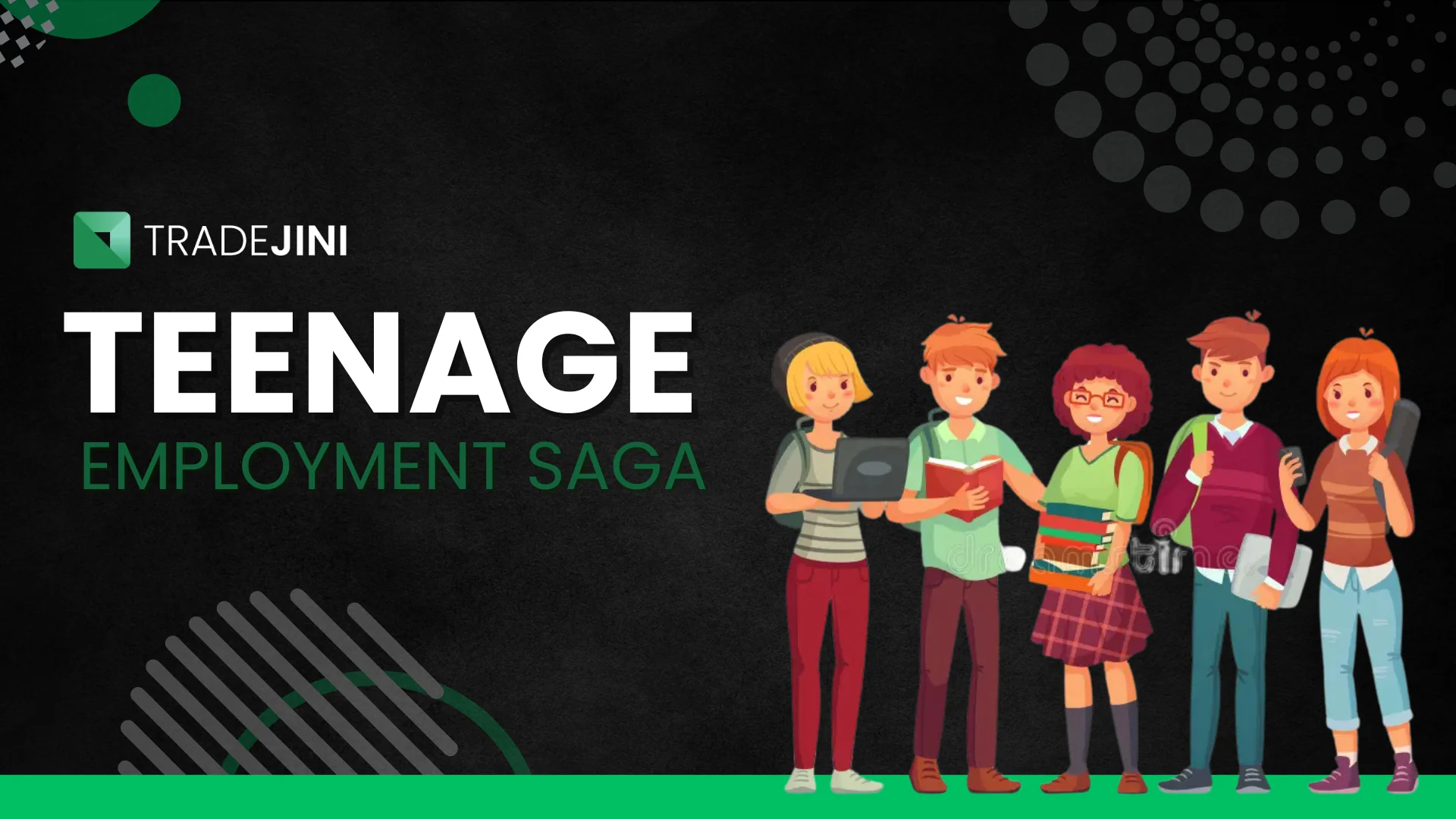Teenage years are a dynamic phase filled with firsts—from initial crushes to significant decisions—a period that can be both daunting and full of possibilities. For many teens, this time marks their first step into adulthood. In Western countries, one common way students experience this transition is by entering the workforce.
In 2022, approximately 20.3% of teenagers between ages 16 and 19 were employees while enrolled at school in the United States, and this trend was also echoed in the UK, Australia, Canada, and various European nations.
Conversely, in many Asian and Eastern countries, teenagers often face societal pressures that discourage them from joining the workforce. This contrast raises important questions about the cultural, economic, and societal factors influencing teenage employment across different regions.
Historical Context
19th and Early 20th Century: The practice of child and teenage labor has deep roots in Western culture. With the onset of industrialization in the 1800s, a significant number of young children and teenagers entered the labor force, often working in factories, mines, and other demanding jobs. This reliance on child labor led to exploitation, prompting changes in labor laws.
In England, increasing scrutiny led to laws addressing child labor, such as the Cotton Factories Regulation Act of 1819, which raised the minimum employment age to 9 and limited working hours. Other regulations, like the Regulation of Child Labor Law of 1833 and the Ten Hours Bill of 1847, aimed to protect young workers. Progress continued into the late 19th and early 20th centuries, culminating in more robust labor laws across Europe and America.
Mid-20th Century: By the mid-20th century, labor laws in Western nations had become stricter and more consistently enforced, leading to a shift in the types of jobs available to teenagers. Part-time jobs, especially in service-oriented sectors like retail and food service, became increasingly common. By 1979, 57.9% of teenagers aged 16 to 19 in the U.S. were employed, marking a peak in teenage employment.
21st Century: Since the turn of the century, the rate of teenage employment in the West has declined. In the year 2000, employment among teens dropped to 52%, further declining to 34.1% by 2011. However, post-pandemic trends indicate a resurgence in these numbers. In the UK, the percentage of 16-17-year-olds holding “Saturday jobs” fell from 48% in 1997-99 to 25% in 2017-19, influenced by educational priorities, economic conditions, and changing labor markets. Conversely, Australia recorded a 55.7% employment rate for teens aged 15-19 in December 2022, the highest in twenty years.
Factors Driving Teenage Employment in the West
Several factors motivate teens in Western countries to seek employment:
- Financial Independence: Many teens pursue jobs to achieve financial independence, allowing them to manage their expenses and save for future goals like moving out or funding their education.
- Contributing to Household Income: For some, employment is a means to support their families, helping to cover groceries, bills, or school supplies, especially in low-income households.
- Gaining Experience: Early work experience can set teens apart in college applications, demonstrating responsibility and teamwork skills, which are crucial for higher education.
- Social Influence: Peer pressure often plays a role, as teens may feel compelled to work to align with friends who are employed, enjoying the social interactions that come with a job.
- Interests and Passions: Some teens take jobs that align with their interests, like working in bookstores or animal shelters, which can enhance their enjoyment and commitment to the work.
While these motivations can provide economic benefits and valuable skills, they can also introduce pressures.
Pressure or Motivation?
The decline in teenage employment has sparked debates about whether the shift results from genuine motivation or external pressures. On one hand, the desire for financial independence and the experience gained from work can be empowering. On the other hand, balancing work with academics, extracurriculars, and social life can lead to overwhelming stress and burnout.
1,000 parents, 47% reported providing ongoing financial assistance to their adult children. Many cited economic hardships faced by their children such as student loan debt or stagnant wages.
In Western countries, the expectation to move out between ages 17 and 19 adds financial pressure, especially as only 47% of parents provide financial support to children over 18. A recent survey found that 54% of U.S. teens aged 13–18 worry about their financial futures, including college tuition and student loans. These rising costs compel many to prioritize immediate financial needs over long-term goals, which can impact their overall well-being.
Eastern Perspectives on Teenage Employment
In Eastern cultures, family dynamics often shape perceptions of teenage employment. The cultural emphasis on family unity encourages teenagers to remain at home longer, reducing the immediate need for financial independence. Instead, academic success is prioritized, and the job market often lacks flexible opportunities that accommodate student schedules.
While this cultural backdrop may seem rigid, globalization and modernization are gradually influencing perspectives on teenage work. As Eastern societies become more exposed to Western practices, there could be a shift towards accepting part-time employment for teens, providing valuable work experiences.
Conclusion
Advancements in technology and global connectivity present an opportunity to blend the strengths of Eastern and Western cultures. By merging the close-knit family values and academic focus of the East with the financial independence and practical skills gained through work experiences in the West, teenagers can navigate their transition into adulthood more effectively. Understanding these dynamics is essential for supporting their overall well-being as they face the challenges of growing up in today’s world.



